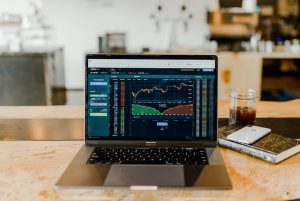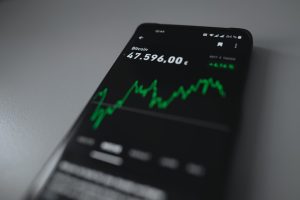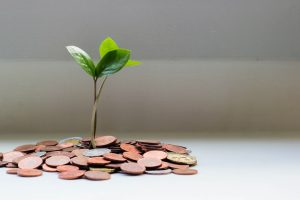Forex exchange, also known as foreign exchange or FX trading, refers to the buying and selling of currencies with the aim of making profits from the price differences between them. This market is the largest and most liquid in the world, with an average daily trading volume of over $5 trillion. Understanding how forex exchange works is crucial for anyone who wants to participate in this market.
The forex exchange market operates 24 hours a day, five days a week. It is a decentralized market, meaning that there is no central exchange where all the trading occurs. Instead, transactions take place electronically between banks, financial institutions, and individual traders. This means that forex trading can take place anywhere in the world, and at any time, as long as there is an internet connection.
Forex exchange works on the principle of supply and demand. The value of a currency is determined by how much of it is available in the market and how much people are willing to pay for it. When there is a high demand for a currency, its value increases, and when there is low demand, its value decreases. The exchange rate between two currencies is the price at which one currency can be exchanged for another.
There are various factors that influence the demand for a currency, including economic indicators such as inflation, interest rates, and GDP growth. Political events, such as elections and trade agreements, can also have an impact on currency values. For example, if a country’s economy is performing well and interest rates are high, investors may be more willing to buy that country’s currency, leading to an increase in its value.
Forex traders make profits by buying a currency when its value is low and selling it when its value increases. This is known as going long. Alternatively, traders can sell a currency when its value is high, and buy it back when its value decreases, known as going short. The aim is to make a profit from the difference in price between the two transactions.
Forex trading is usually done through a broker, who acts as an intermediary between the trader and the market. Brokers provide access to the market and offer trading platforms where traders can buy and sell currencies. There are two types of brokers: market makers and ECN brokers. Market makers create their own prices and trade against their clients, while ECN brokers provide access to the market and allow traders to trade directly with each other.
Forex trading involves a significant amount of risk, and traders can lose money if they do not manage their positions properly. One of the ways to manage risk is by using stop-loss orders, which automatically close a position when the price reaches a certain level. Traders can also use leverage, which allows them to control a larger position than they would be able to with their own capital. However, leverage can also increase the risk of losses.
In conclusion, forex exchange is the buying and selling of currencies with the aim of making profits from the price differences between them. The market operates 24 hours a day, five days a week, and is decentralized, meaning that transactions take place electronically between banks, financial institutions, and individual traders. The value of a currency is determined by supply and demand, which is influenced by economic and political factors. Forex traders make profits by buying low and selling high, or by selling high and buying low. Forex trading involves a significant amount of risk, and traders must manage their positions properly to avoid losses.





